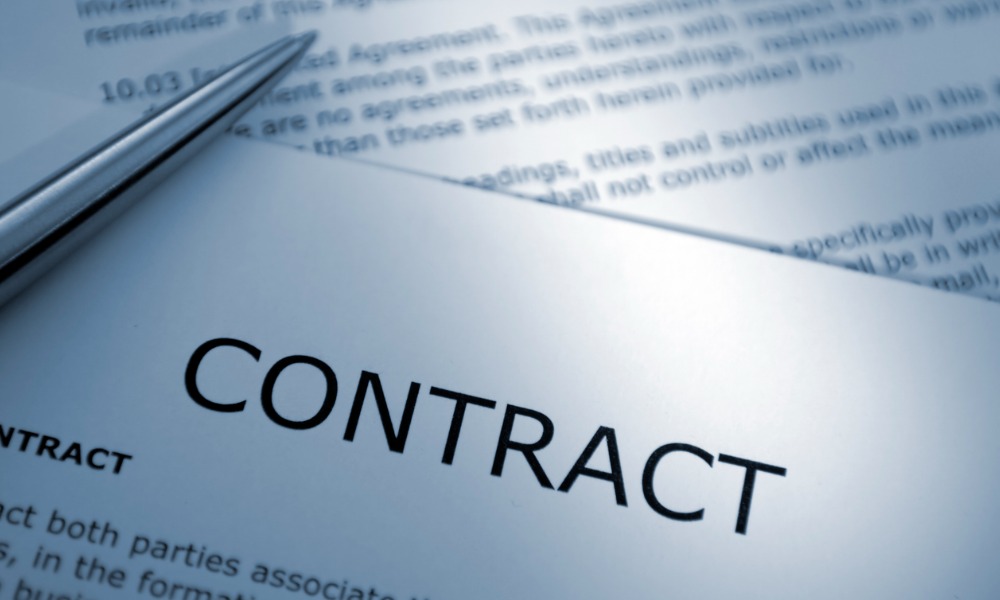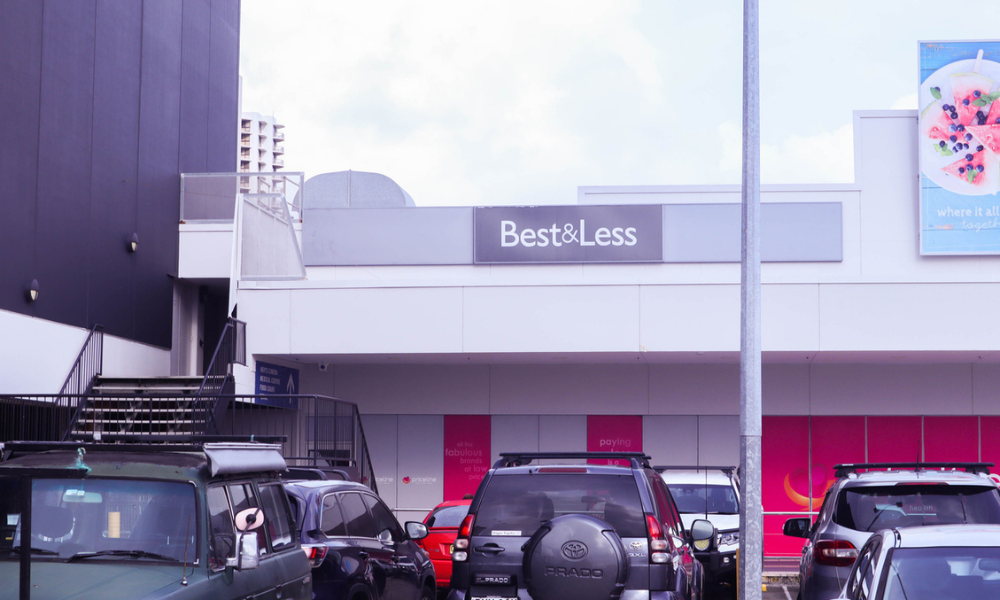New research indicates that Millennials prefer 'personal power' leadership over traditional positional power.
Australian business leaders have spoken and it seems Australia is somewhat out of synch with global trends when it comes to organisational priorities. Where organisational design ranked fourth in Australia (87% viewed it as ‘important’ or ‘very important’), globally this is the number one priority, cited by 92% of respondents. In Australia, the priorities are leadership (94%), culture (94%) and engagement (88%).
However, David Brown, partner and human capital lead at Deloitte, told HC the devil is in the detail of Deloitte’s latest survey, Global Human Capital Trends 2016. What employers should really be concentrating on, he said, is employee empowerment.
Rather than the traditional “sheepdip” one size fits all approach to engagement, smart people leaders are recognising the shift from positional power to personal power. “A third of Millennials are saying they’ll leave their current organisation within a year; two thirds say it’s within five years. People are more interested in the experience they’ll get, so it’s more about the experience than the title. Employees are being put at the centre with digital HR tools and services, employee empowered learning and engagement and retention programs,” Brown said.
HR can ride this crest of change by looking at what’s shaped the customer/consumer experience in recent years: that is, a highly individualised approach that empowers customers to make their own decisions and plot their own paths. In the workplace context, he cites recruitment as an example.
“It’s not just the HR function that’s involved in recruitment but increasingly peers and colleagues are having a say. The candidate can now see where they’ll be working and view testimonials from employees to get a better sense of the experience they’ll eventually have,” Brown said.
It’s also seen in the learning experiences available. “People aren’t connecting to big mass training programs, so training today is being designed around specific needs of the individual. Forward-thinking organisations are implementing open learning technologies. As traditional organisational structures are broken down and the way we work changes, we also need to adapt how and what we learn. This has natural repercussions for succession planning which is now not a document filed away in the back office not seen by anyone,” Brown said.
It’s also present in what Deloitte refers to as ‘work agility’, or the flexibility of when they start and stop work and where they undertake work.
Importantly, it’s also seen in the physical space in which work is undertaken. “You see it in the nature of space design in terms of the changing balance between personal, community and team space. Everyone has different preferences for how they want to work,” Brown said.
“Digital disruption is not only changing the way we work but also the way we interact with employees and the experience they have with their organisation,” Brown explained.
HR leaders are turning to digital means to enhance the employee experience, with 39% of Australian executive level survey respondents advising that they are currently redesigning their HR capabilities, and 48% are considering changes.
These changes are a result of two “tectonic plates” which are moving simultaneously: the pace of change being facilitated by technology; and new expectations from Millennials, who will make up around 75% of the global workforce by 2025 and are now starting to move into manager and leader roles. In addition, Deloitte research indicates that some 30% of the workforce is now contingent – freelance, contractor, part-time. This critical mass means employers must get proactive in how they are interacting with this group.
“Millennials look at their smartphones at least 150 times a day and Gen Z’s who are coming through behind them are connected online up to 10 hours a day,” said Brown. “That means the way in which you need to interact with that group is changing dramatically. We’re starting to see our workforces much more as volunteers than employees.”
For those still grappling with how to engage with Millennials, let alone Gen Z who are starting to enter the workforce, there is good news: Millennials are better placed to know how to interact and lead Gen Z. “Millennials are generally already more attuned to personal power and influence as opposed to positional power. They will likely struggle less than previous generations to connect with this demographic,” said Brown.
However, David Brown, partner and human capital lead at Deloitte, told HC the devil is in the detail of Deloitte’s latest survey, Global Human Capital Trends 2016. What employers should really be concentrating on, he said, is employee empowerment.
Rather than the traditional “sheepdip” one size fits all approach to engagement, smart people leaders are recognising the shift from positional power to personal power. “A third of Millennials are saying they’ll leave their current organisation within a year; two thirds say it’s within five years. People are more interested in the experience they’ll get, so it’s more about the experience than the title. Employees are being put at the centre with digital HR tools and services, employee empowered learning and engagement and retention programs,” Brown said.
HR can ride this crest of change by looking at what’s shaped the customer/consumer experience in recent years: that is, a highly individualised approach that empowers customers to make their own decisions and plot their own paths. In the workplace context, he cites recruitment as an example.
“It’s not just the HR function that’s involved in recruitment but increasingly peers and colleagues are having a say. The candidate can now see where they’ll be working and view testimonials from employees to get a better sense of the experience they’ll eventually have,” Brown said.
It’s also seen in the learning experiences available. “People aren’t connecting to big mass training programs, so training today is being designed around specific needs of the individual. Forward-thinking organisations are implementing open learning technologies. As traditional organisational structures are broken down and the way we work changes, we also need to adapt how and what we learn. This has natural repercussions for succession planning which is now not a document filed away in the back office not seen by anyone,” Brown said.
It’s also present in what Deloitte refers to as ‘work agility’, or the flexibility of when they start and stop work and where they undertake work.
Importantly, it’s also seen in the physical space in which work is undertaken. “You see it in the nature of space design in terms of the changing balance between personal, community and team space. Everyone has different preferences for how they want to work,” Brown said.
“Digital disruption is not only changing the way we work but also the way we interact with employees and the experience they have with their organisation,” Brown explained.
HR leaders are turning to digital means to enhance the employee experience, with 39% of Australian executive level survey respondents advising that they are currently redesigning their HR capabilities, and 48% are considering changes.
These changes are a result of two “tectonic plates” which are moving simultaneously: the pace of change being facilitated by technology; and new expectations from Millennials, who will make up around 75% of the global workforce by 2025 and are now starting to move into manager and leader roles. In addition, Deloitte research indicates that some 30% of the workforce is now contingent – freelance, contractor, part-time. This critical mass means employers must get proactive in how they are interacting with this group.
“Millennials look at their smartphones at least 150 times a day and Gen Z’s who are coming through behind them are connected online up to 10 hours a day,” said Brown. “That means the way in which you need to interact with that group is changing dramatically. We’re starting to see our workforces much more as volunteers than employees.”
For those still grappling with how to engage with Millennials, let alone Gen Z who are starting to enter the workforce, there is good news: Millennials are better placed to know how to interact and lead Gen Z. “Millennials are generally already more attuned to personal power and influence as opposed to positional power. They will likely struggle less than previous generations to connect with this demographic,” said Brown.





